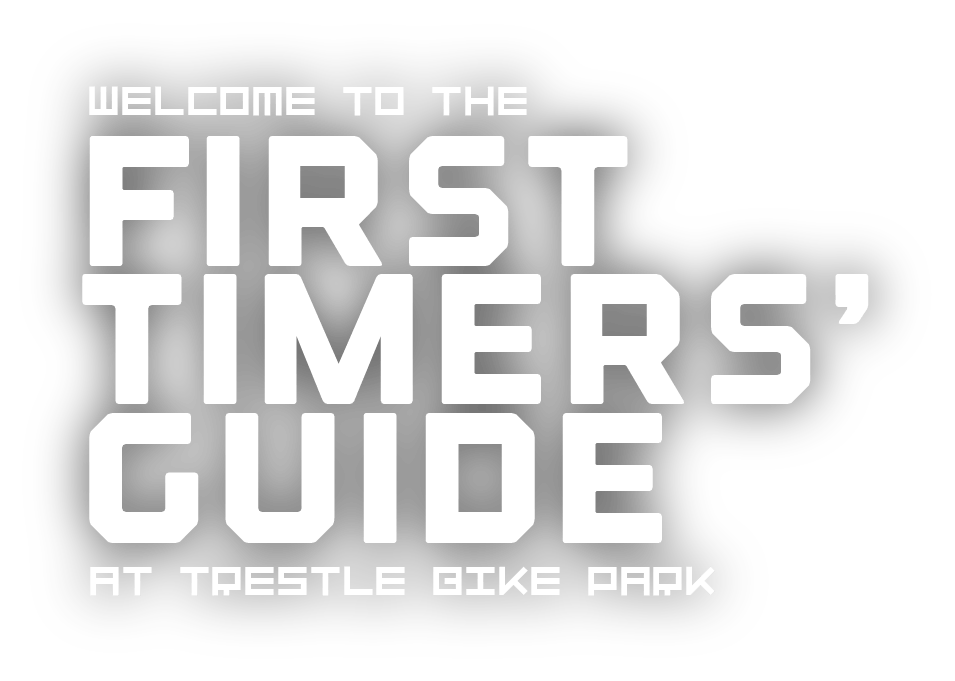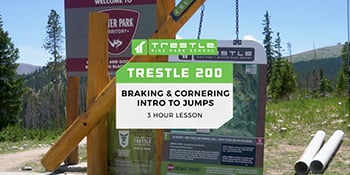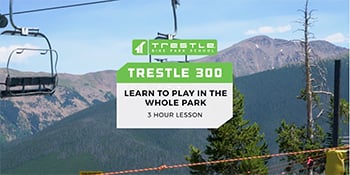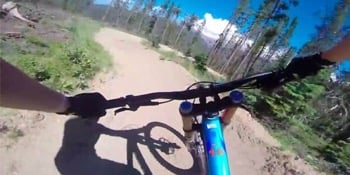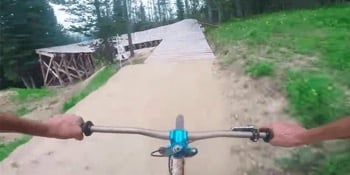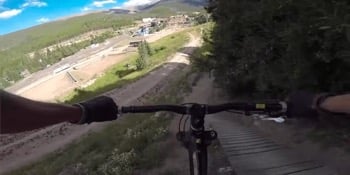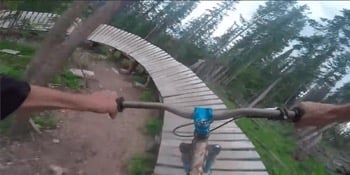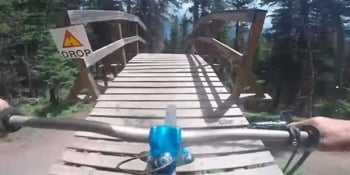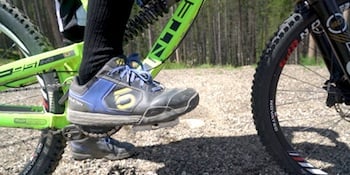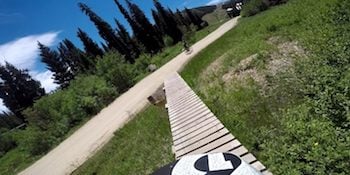If you’re new to downhill mountain biking or if you’ve never checked out the dirt at Trestle, we recommend taking a scroll through this guide! Welcome to your new favorite summer activity!
Safety
First
When it comes to downhill mountain biking, making sure you know how to be safe is the best place to start. Here are a few of our safety tips:
Ride within your abilities and take your time.
Right hand break is the RIGHT brake to use most of the time.
Constant pressure when braking is better than on/off or slamming the brakes.
Altitude is a factor. Trestle is about 10,000 feet above sea level. Drink water and take rests!
Your eyes guide where the bike goes. The faster you are going, the farther you should be looking ahead on the trail.
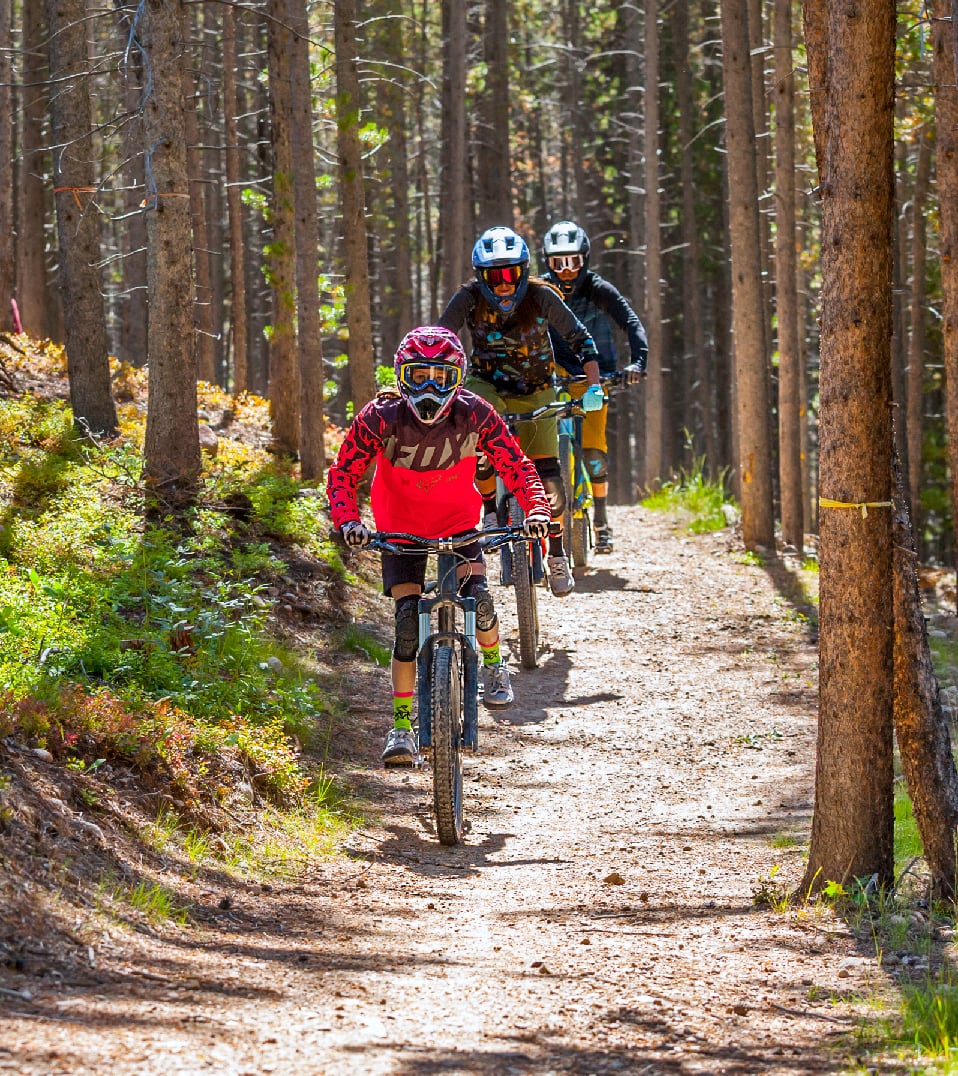
SLOW DOWN before you speed up. Crashes can happen on your first lap. Ride the trail multiple times to get familiar with the features and equipment you’re on so you can more confidently increase your skills without exceeding your limits. Jumping skills are required for freeride trails.
Pre-RideWarm up the brain and body and inspect the trail at low speed.
Re-RideLap the trail a few times and get to know the flow of the features.
Free-RideStart small and work your way up to faster speeds and larger features.
For more information
Check out the Rider Responsibilty Code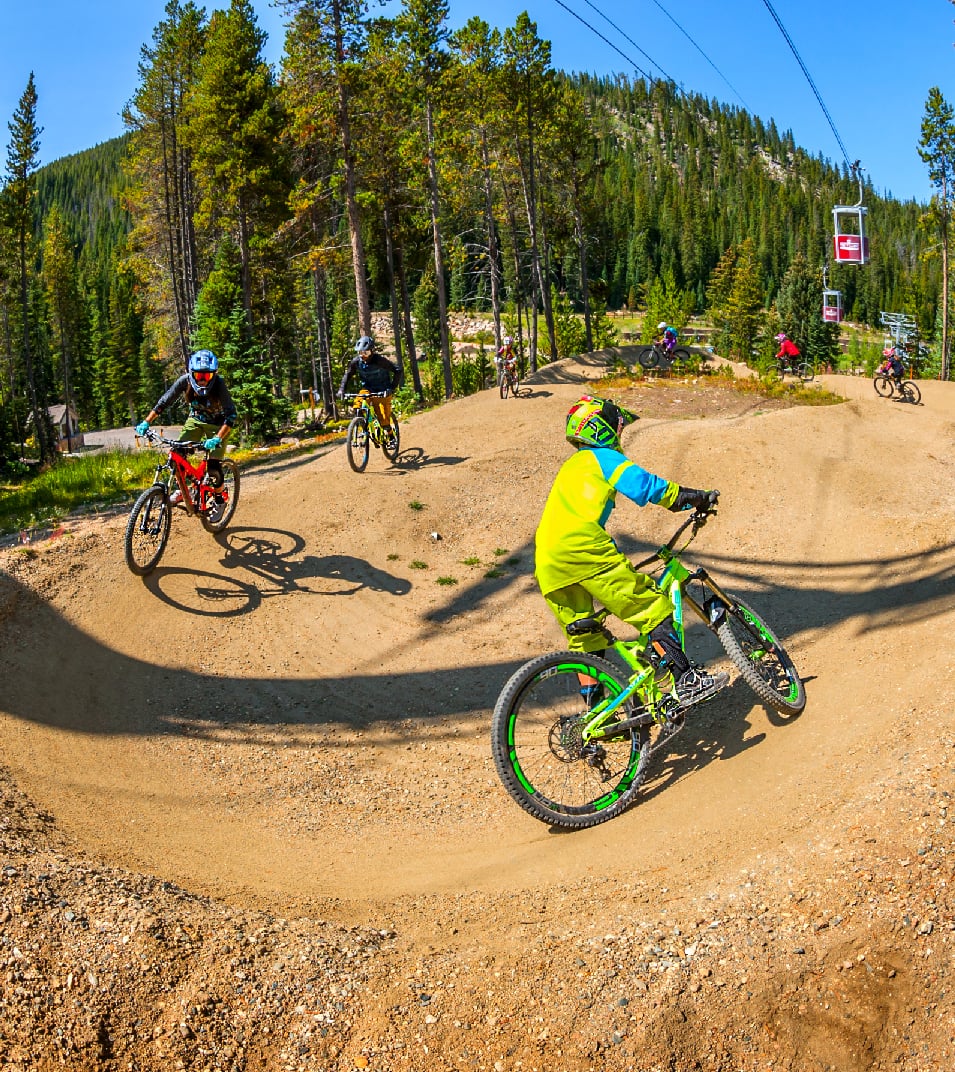
Know Your Bike
It’s important that you choose the correct bike for the type of riding that you are doing.
Mountain XC
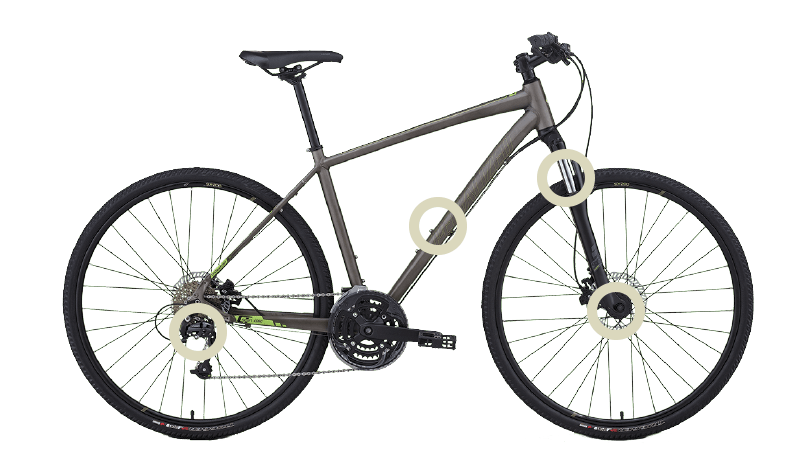
Downhill Specific
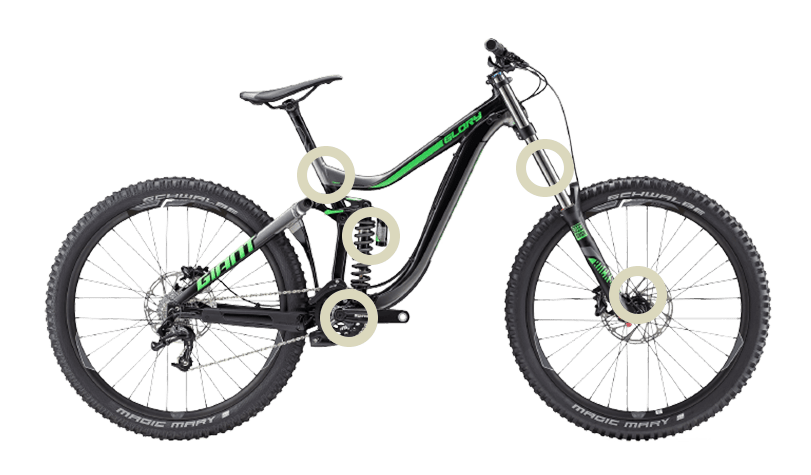
Know Your Gear
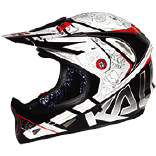
HELMET - MANDATORY
A full face helmet will help protect your face and teeth in a fall.
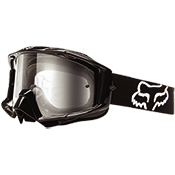
GOGGLES - HIGHLY RECOMMENDED
Protective goggles help protect your eyes from branches, rocks and other objects.
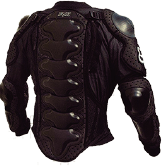
UPPER BODY ARMOR - RECOMMENDED
Body armor is a vest that protects the torso (back, chest and abdomen). Long sleeves are recommended. Neck brace available.
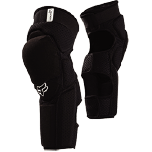
KNEE/SHIN/ELBOW PADS - RECOMMENDED
Pads are worn on knees, shins and elbows. These are often hit first if you fall.
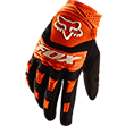
GLOVES - RECOMMENDED
Full finger gloves will help protect your hands, but also give you better control of the bike.
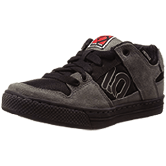
CLOSED TOE SHOES - HIGHLY RECOMMENDED
Closed toe shoes help prevent you from slipping off the pedals and protect your feet.
All gear availible for rent/purchase in our Rental Shop. Full armor is included in bike rentals.
Book RentalsIt’s time you meet our dirt - I think you’ll get along. Keep on scrollin’
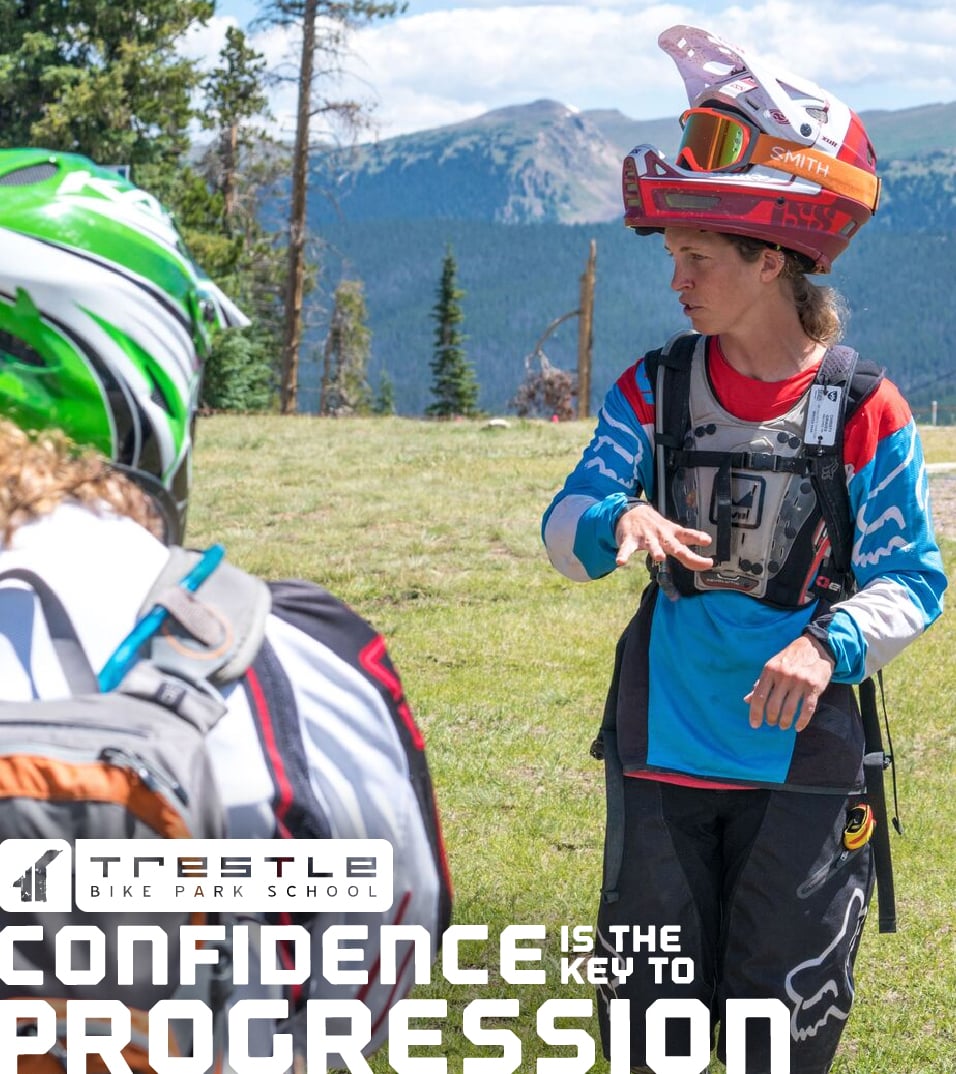
Learn Your
Bike
Never tried Downhill Mountain Biking, but always wanted to? Try one of our private lessons to improve skills quickly.
All Coaches / Guide Options
Downhill Camps

Which trail is best for me?
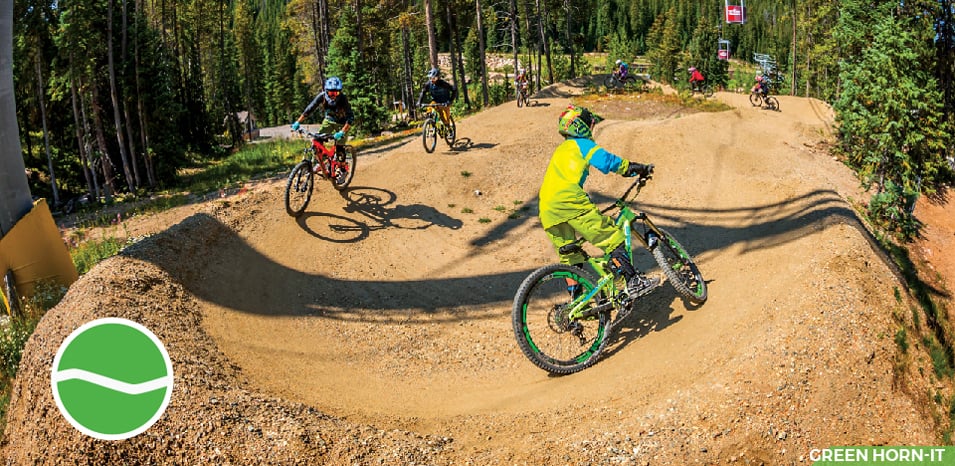
EASIEST:
Trails designed for beginner Bike Park Riders. Expect smoother, wider surfaces with shallower trail grades than more difficult trails. These trails contain gentle corners and rolling terrain. Some beginner trail sections include technical or naturally-occurring terrain such as small rocks and tree roots. You may also encounter freeride or man-made enhanced terrain such as wider bridges and small rollers, jumps, and berms.
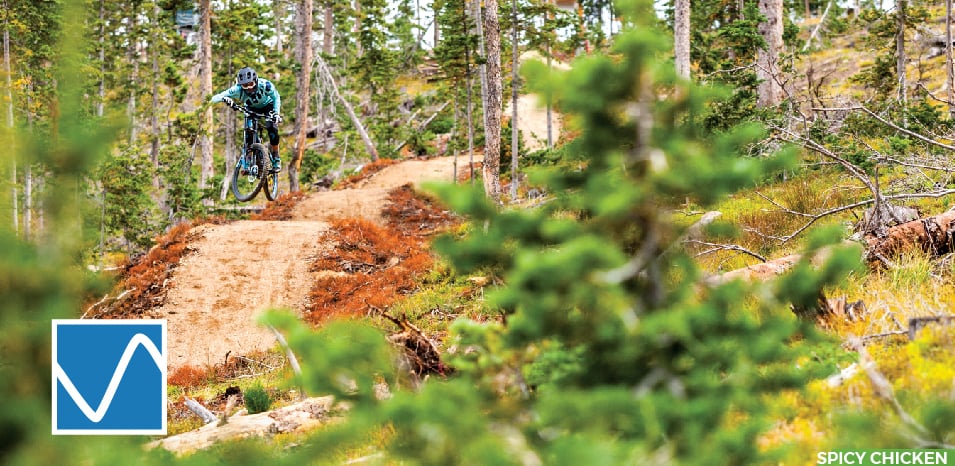
MORE DIFFICULT (INTERMEDIATE):
Trails designed for riders who have mastered all beginner trails. On blue terrain, riders can expect both smooth and rough surfaces on more steep terrain. You may encounter technically or naturally occurring terrain such as large roots and rock features. Freeride or man-made enhanced terrain exists as well including larger corners, big rollers, and medium jumps. Blue terrain features intended for progression to advanced skills include raised structures, bridges, wall-rides, and small gaps, which require jumping skills and speed.
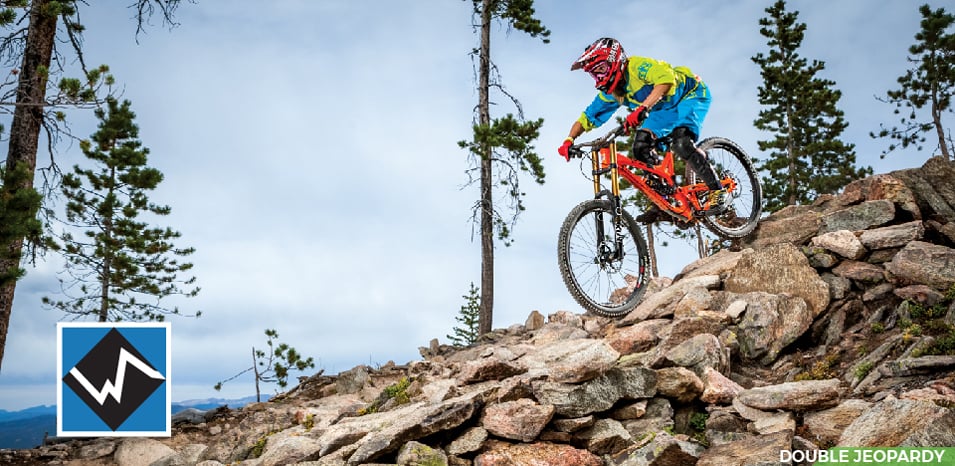
More Difficult (Advanced Intermediate)
Trails designed for riders who have mastered all blue trails, but who are not quite ready for blacks. These intermediate-advanced trails are perfect for a gradual progression with freeride features such as medium-large jumps, drops, and gaps, which require jumping skills and speed; and with technical features such as large naturally-occurring rocks drops, rock gardens, and tree roots. Expect to find large bridges, wall-rides, and terrain features that will help a rider progress to be to ride black trails as well.
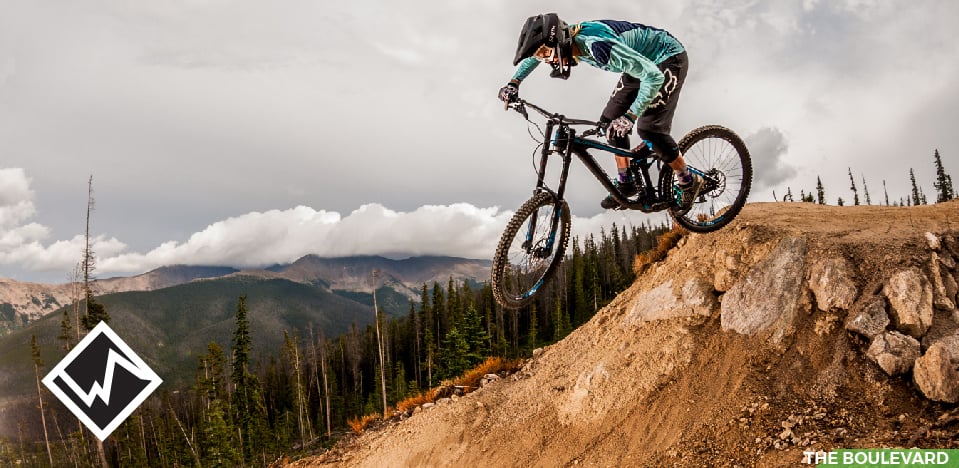
Most DIFFICULT:
Trails designed for riders who have mastered all blues and blue-black trails. These advanced trails have large freeride features such as large jumps, tall drops, and wide gaps, which require advanced jumping skills and higher speeds. Technical, or natural, obstacles that can occur include large downhill rocks steps and rock gardens, and naturally occurring large difficult to navigate tree root sections. Expect, as well, to find larger raised structures such as bridges and wall-rides.
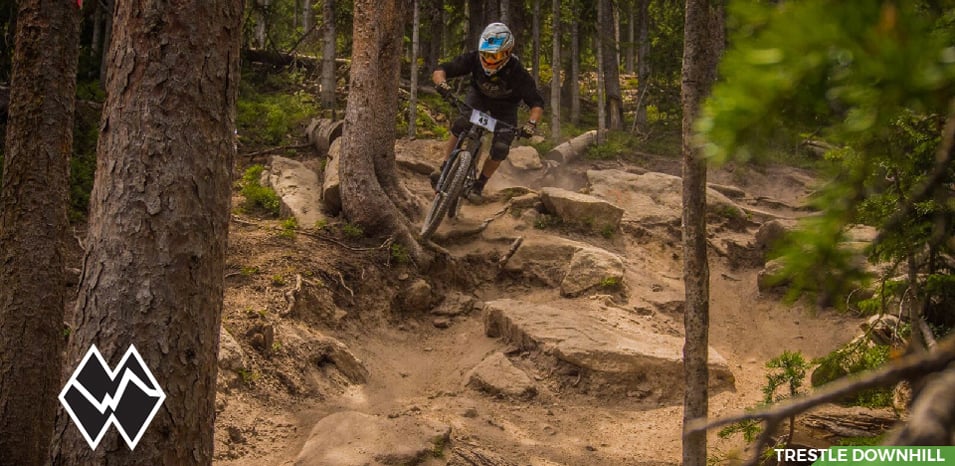
Expert Only
These runs are for expert riders who are comfortable on blue/blacks and looking to push themselves. Trails will have steep terrain and require jump skills and expert bike handling at top speeds.
Suited for the expert riders only
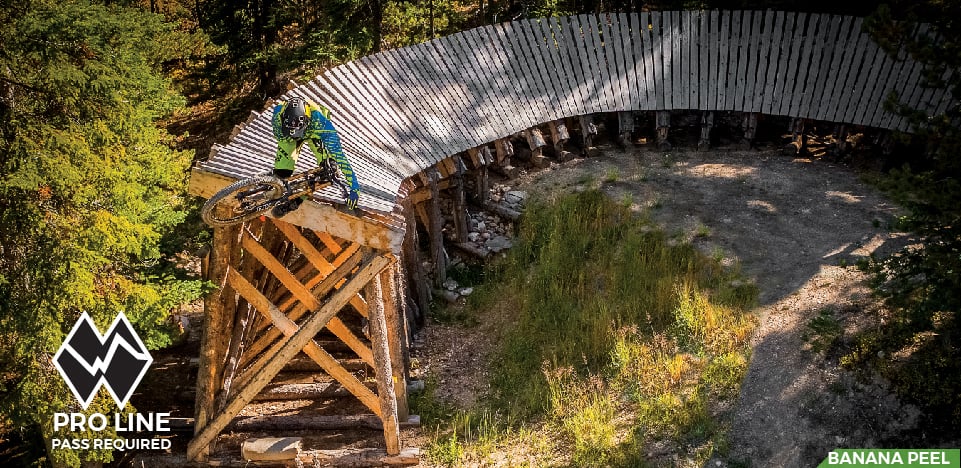
Pro Line (Banana Peel):
Most difficult technical terrain on the mountain mixed with freeride features. Proficient handling of all bike skills required. Largest gaps and mandatory jump features. Expert jumping skills required.
Suited for highly skilled expert riders only
Liability release and separate Pro Line Pass required.
More Info
